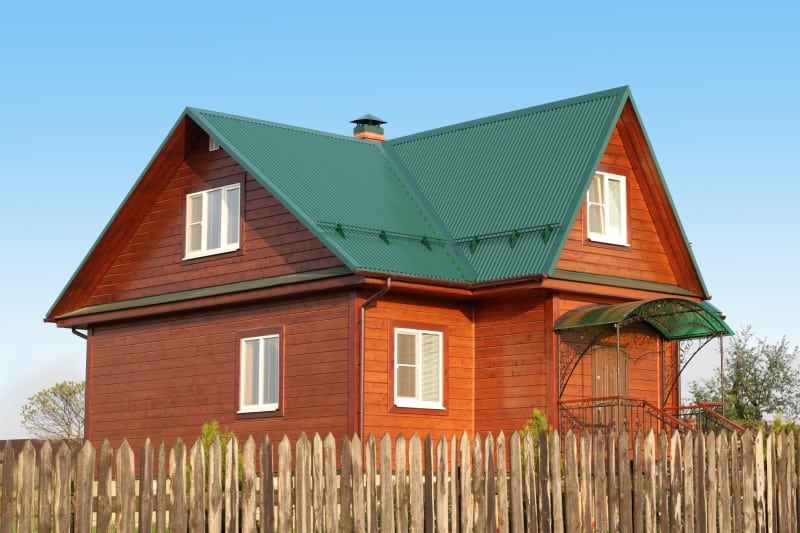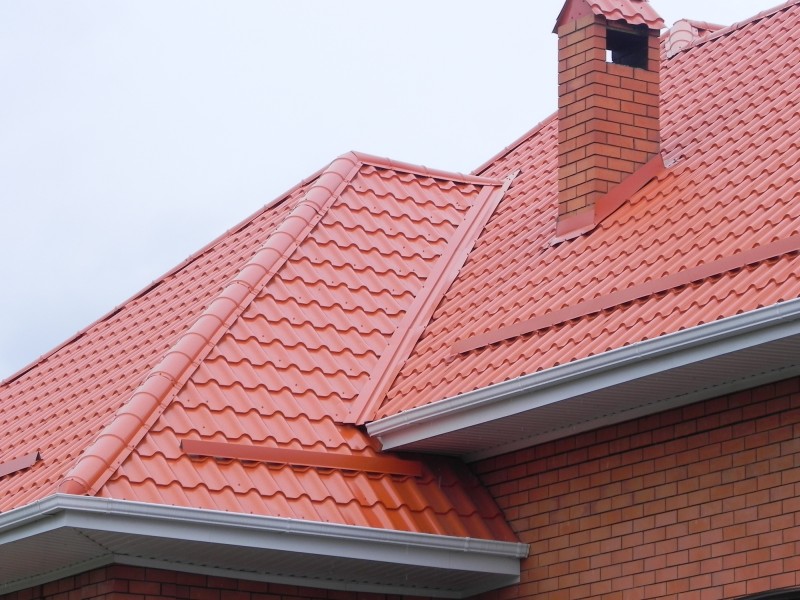Does your home have a metal roof? If so, then you have a roof that will last you a long time, with an estimated 40 to 75-year life span. It is light, non-combustible, and recyclable as well.

Metal roofs also have a reputation of doing well under extreme weather conditions, especially when it’s installed perfectly.
However, for all its admirable properties, metal roofs—and all types of roofs, for that matter—will sustain some damage over time.
Whether your roof is made of steel, aluminum, or copper, you will still eventually have to fix problems such as leaks, which could occur for a variety of reasons, including wear and tear and impacts.
However, there are measures you can take to prevent your metal roof from leaking. Whether you’re taking the DIY route or hiring professional roofers with proper roofing insurance coverage, you can use these tips to prevent metal roof leaks in the future.
Regular Inspection
You don’t have to wait for signs of a problem with your roof to inspect it. Considering that metal has a high coefficient of expansion, it tends to expand or contract more extensively with different temperatures.
Most metal roof leaks are caused by thermal expansion or contraction, and that’s why you need to have it inspected at least twice a year.
Don’t Delay Repairs
If your inspection yields some problems like small holes or gaps, don’t wait for the next time it rains before you fix them. Perform the necessary patch job while the holes or any type of gap are still small to avoid leaks from happening.
Trim Those Trees
If your home has tall trees close by, their branches or limbs will surely scrape across your metal roof. During a storm, those very same limbs could break off, fall onto your roof, and cause damage that will eventually lead to leaks.
To avoid such damage from happening, you should at least keep those trees well-trimmed. And if it’s still possible to uproot trees close to your home and replant it somewhere else within your property, then do it for your metal roof’s sake.
Check Your Roof Flashing
Sometimes, we direct much of our attention to the roof itself and forget about its flashing, which can actually be the root cause of most roof leaks.

Usually made of galvanized steel but are sometimes made of rubber or other materials, flashing is meant to direct water away from your roof’s more critical areas. It’s typically installed in places where the roof plane meets a wall, chimney, or any vertical surface.
The next time you get a roof inspection done, ask the roofing professional doing the job to check your roof flashing and make sure they’re tight-fitting and generally looking good.
Top Off The Sealants
Metal roof panels last long, but the sealants used during the installation can only last for a much shorter period. They need to be topped off as part of regular roof maintenance.
Make sure to apply a new coat of metal roof sealant around roof transitions, pitch pans, and counter flashings. Don’t forget resealing under trims like Z flashings and metal ridge caps, too.
As much as possible, don’t use caulking as a sealant for your metal roof. As mentioned above, metal expands and contracts more than any other roofing material during temperature swings. Caulking may not be flexible enough to keep the seal intact when the roofing panel and trims go through their daily expansion-contraction cycle.
The best option for metal roofs is a silicone or high-solids polyether sealant. Aside from their topnotch physical and weathering properties, both sealants also adhere excellently to metals, and are ultraviolet (UV) stable as well. Silicone sealants fare a bit better in hotter areas, though
Use Roofing Tape
When leaks occur along the seams and gaps of your metal roof, consider using high- quality and watertight roof tape to prevent those areas from leaking again.
Ideally, the roof tape you use should be 30-mil thick. It also has to be flexible enough to allow you to cover a variety of shapes and make turns, so go for one with a polyester scrim.
To ensure superb adhesion, you need to mechanically brush the area you’re taping to remove dirt and oil. After brushing, remove any residue using rubbing alcohol or any type of cleaner you have available.
Tape the affected area, then set it with a roller to activate the tape’s adhesive. Check the outside edges for loose spots or voids.
These are just some of the ways you can prevent your metal roof from leaking. If you have the skills and the time, you can do all of the above by yourself. However, if you have neither, leave the job in the hands of professional roofers for the best results.
Related Posts
- What Type of Plywood is used for Roofing? Size and Thickness Guide
- Advantages and Disadvantages of Solar Roof Vents for Homes
- 10 Different Types of Snow Guards for Metal Roofs
- Advantages and Disadvantages of Roof Ridge Vents for Homes
- 5 Unique Roof Upgrades to Consider for Your Home
- Pros and Cons of TPO Roofing – Cost, Advantages, Disadvantages
Leave a Reply